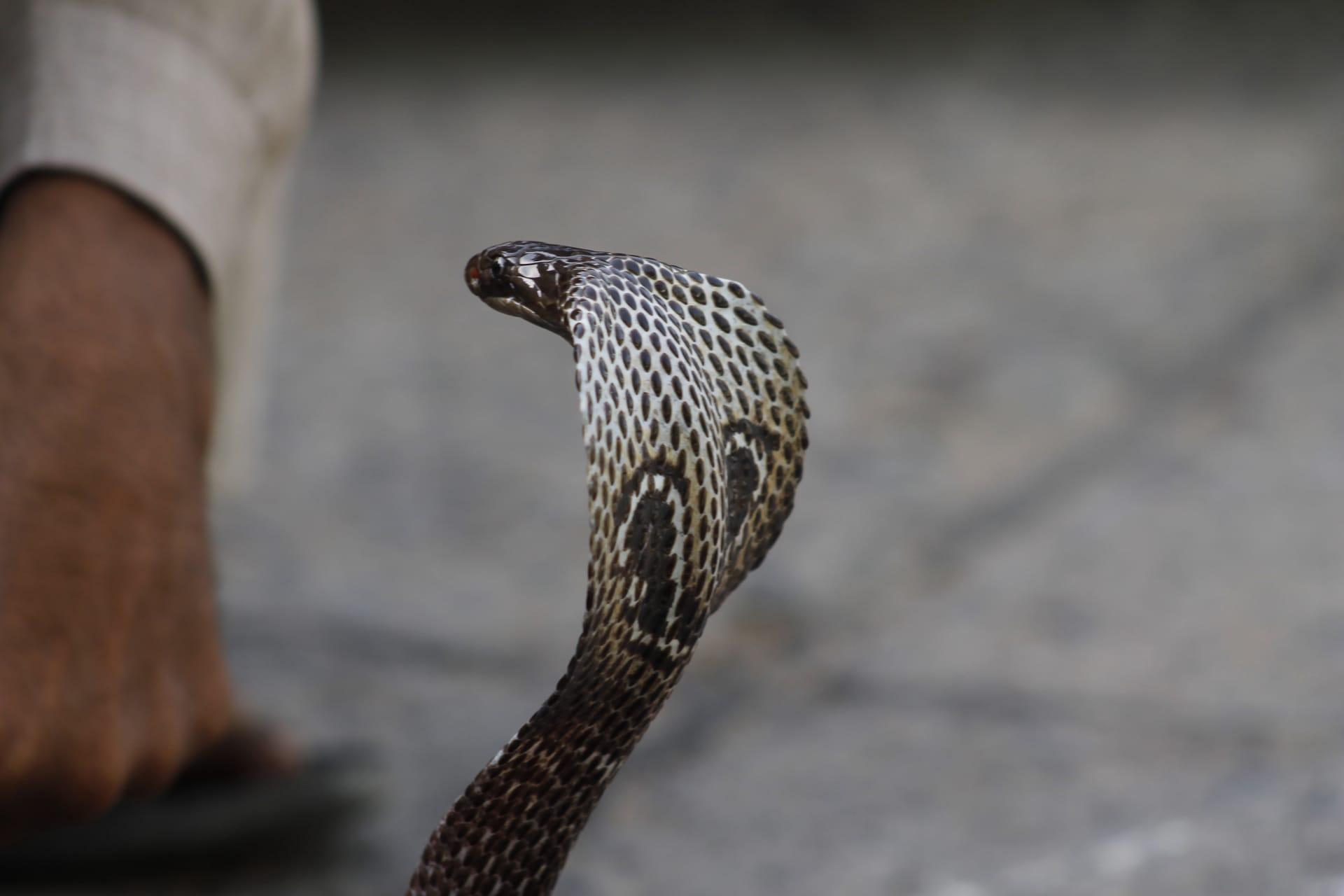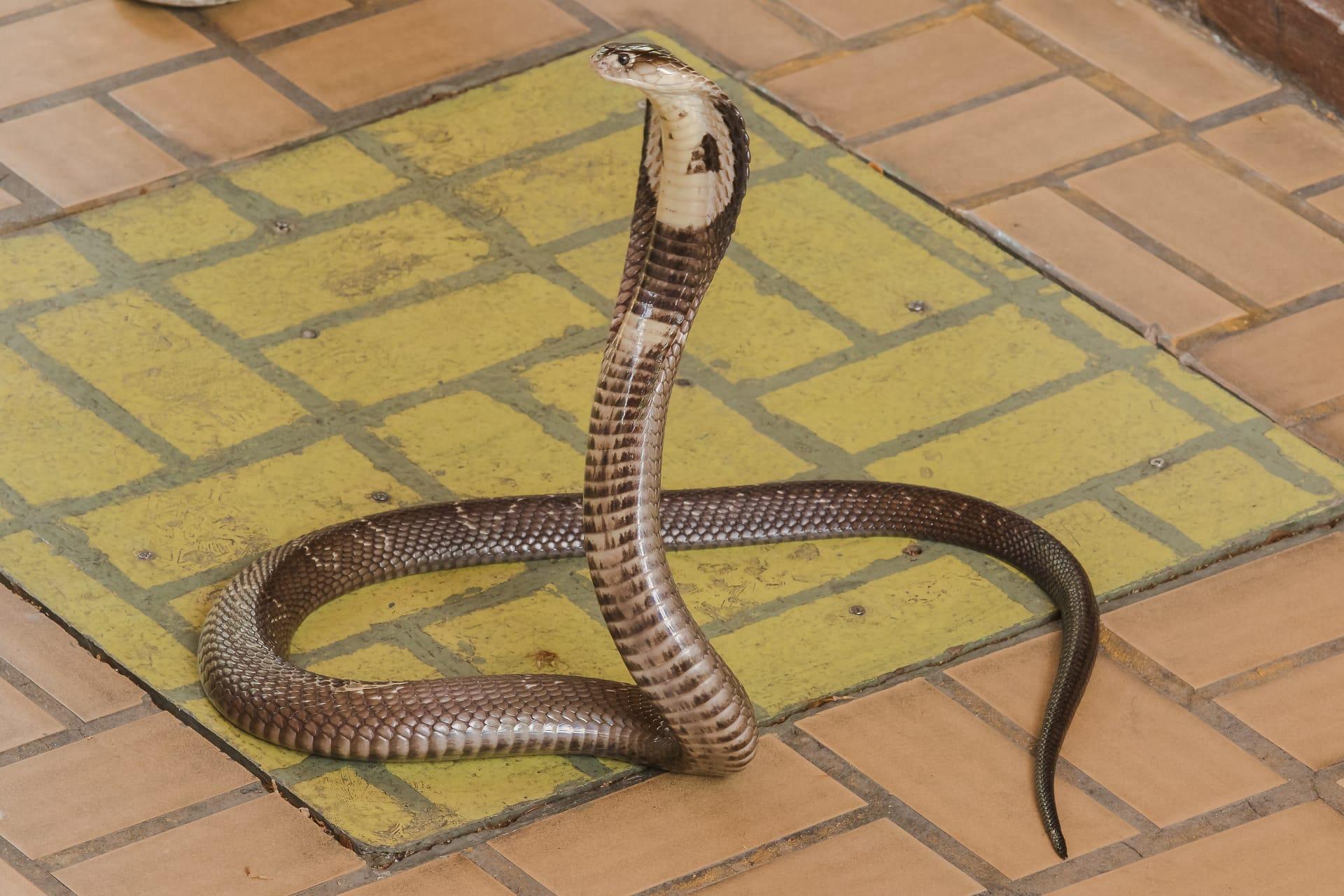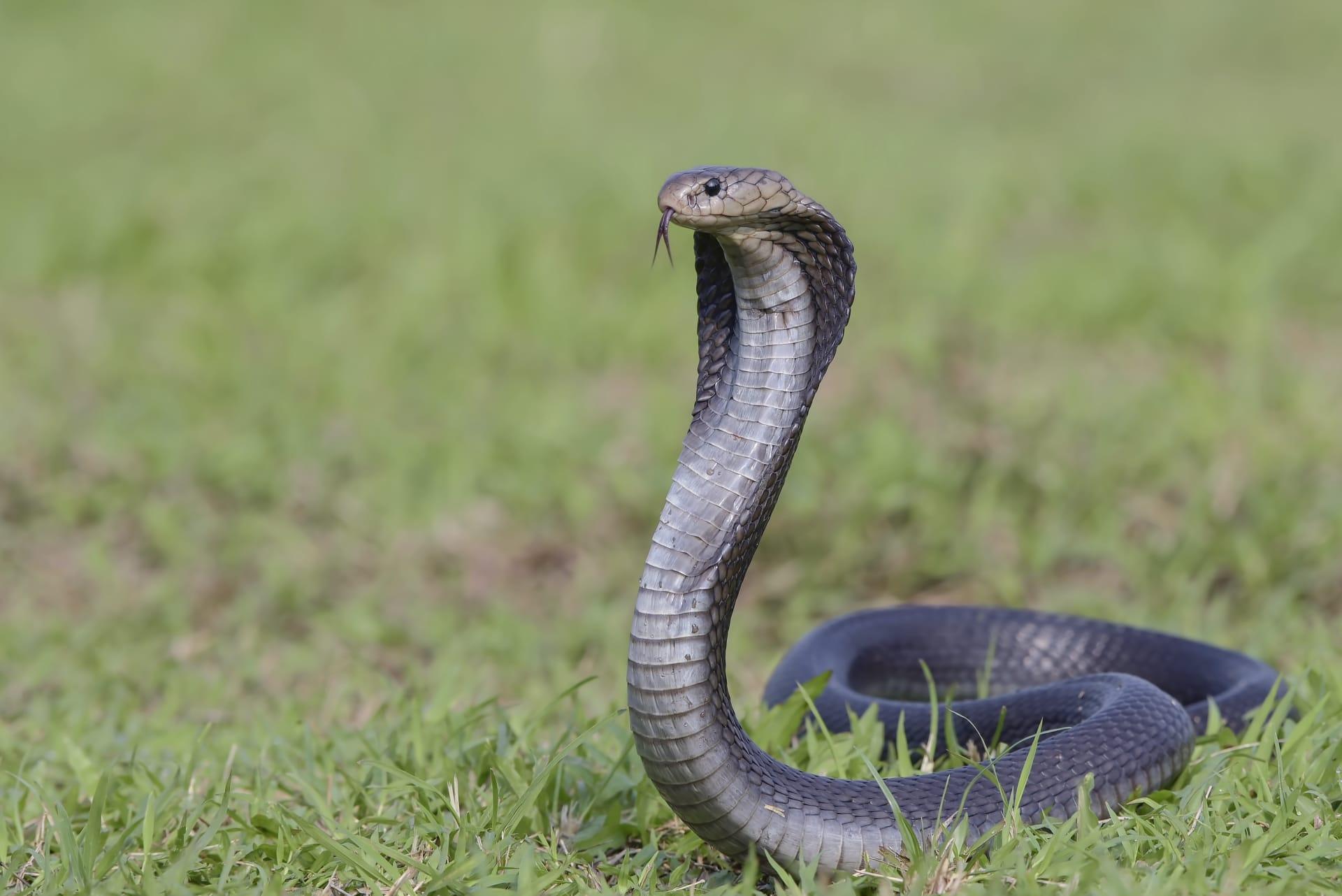Cobra Snake
- Home /
- Mini Encyclopedia /
- Animal /
- Cobra Snake
1
Cobras, belonging to the genus Naja, are a group of venomous snakes primarily found in Africa and Asia. There are about 20 species, each with distinctive characteristics. For instance, the Indian cobra (Naja naja) is famed for its hood, which it displays when threatened. This genus also includes the king cobra (Ophiophagus hannah), the world's longest venomous snake, reaching up to 18 feet (5.5 meters) in length. Other species, like the Egyptian cobra (Naja haje), are known for their potent venom, which can cause severe neurological effects.
The distribution of cobras is primarily across Africa and Asia, with their habitats varying from savannas and forests to farmlands and dense urban areas. The Indian cobra, for example, is widespread across the Indian subcontinent and has adapted to living in proximity to humans. In contrast, the king cobra, prefers dense forests, particularly in regions like Southeast Asia and the eastern parts of India. Cobras' adaptability to various environments, including arid deserts like those in North Africa where the Egyptian cobra resides, demonstrates their versatility as a species.

2
Question: Can cobras really hypnotize their prey or humans with their gaze or dance?
Answer: This is a common misconception. Cobras cannot hypnotize their prey or humans. The "dance" of the cobra, often seen in snake charmer performances, is actually a defensive posture and reaction to the charmer's flute. Cobras are deaf to airborne sounds, so the movement is a response to the visual cue of the moving flute, not the sound. This behavior is a survival tactic, not hypnosis. The idea of hypnosis likely arose from the cobra's intense and fixed stare, which is part of its threat display.

3
Cobras have several survival strategies. Their most notable is their venom, a potent neurotoxin that can immobilize and kill prey rapidly. The venom delivery system of cobras is also efficient; some species, like the spitting cobras, can project venom at a distance, aiming for the eyes of predators or threats, causing pain and potential blindness. This ability provides a significant defensive advantage.
Additionally, cobras exhibit the unique behavior of hooding when threatened. This involves spreading the ribs around their necks to form a hood, making them appear larger and more intimidating. This is often accompanied by a hissing sound. Cobras are also known for their keen sense of smell, which they use to track prey and navigate their environment, further enhancing their survival capabilities.

4
In the ecosystem, cobras play a crucial role as both predators and prey. As predators, they control the population of their prey, which primarily includes rodents, frogs, and other small animals. This helps maintain a balance in the food chain and can even aid in the control of agricultural pests, indirectly benefiting human farming activities.
As prey, cobras are a vital food source for other predators. Large birds of prey, mongoose species, and other snakes are known to hunt cobras. This predation is essential in regulating cobra populations and maintaining ecological balance. Furthermore, cobras, through their venom, have contributed to medical research, particularly in the development of antivenoms and other medical treatments.

5
Film: "Kingdom of the Cobra" (United States, 2004). This documentary, produced by National Geographic, delves into the life of the king cobra. It explores its behavior, hunting strategies, and the challenges it faces in its natural habitat. The film provides a detailed look at this majestic snake and its role in the ecosystem.
Book: "The Secret Life of Cobras" (United Kingdom, 2010) by David Hardy. This book offers an in-depth exploration of the various cobra species, their behavior, and interaction with their environment. Hardy's work is based on years of field research and provides a comprehensive view of these fascinating creatures.
Book: "Cobra: The Natural History of a Snake Charmer" (United States, 2008) by James B. Murphy. This book delves into the cultural and biological aspects of cobras. Murphy examines the relationship between humans and cobras, particularly in the context of snake charming, and provides insights into the conservation challenges facing these iconic reptiles.